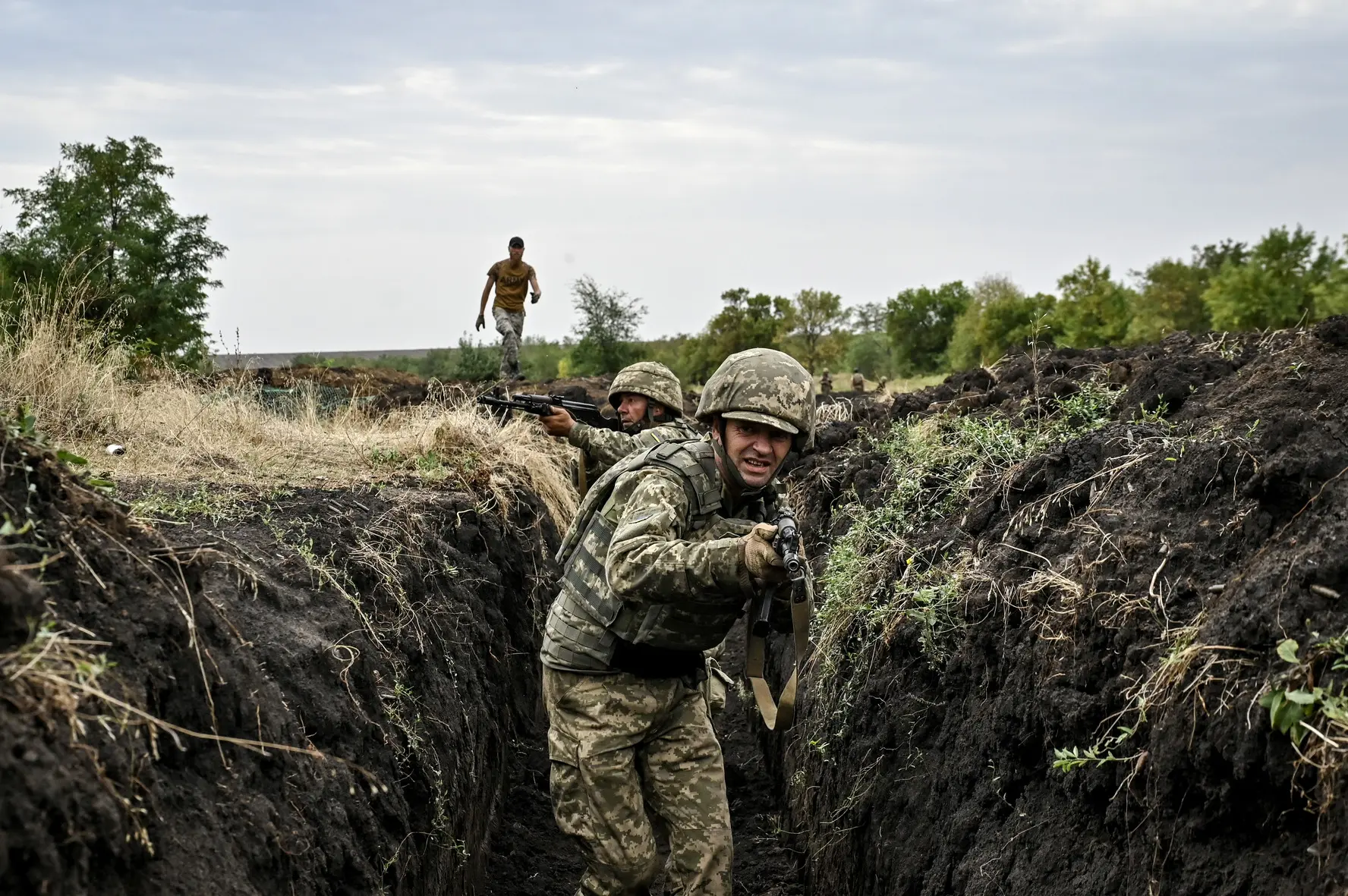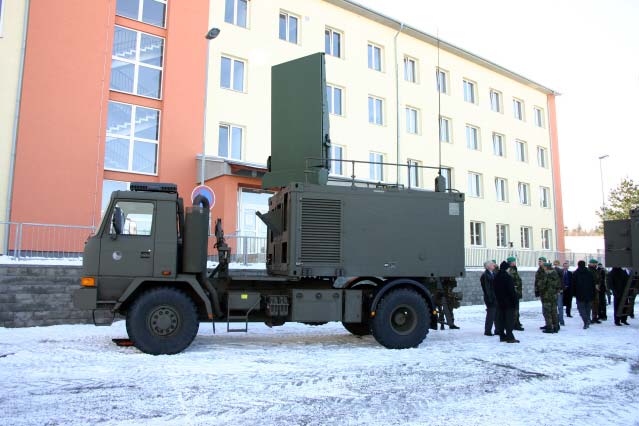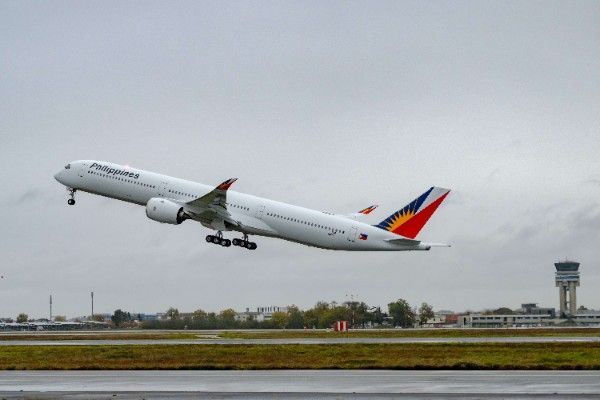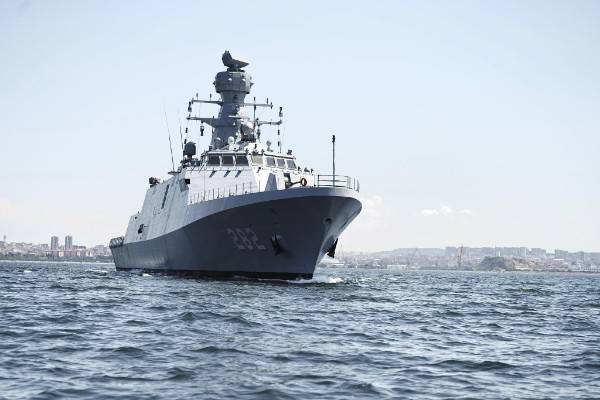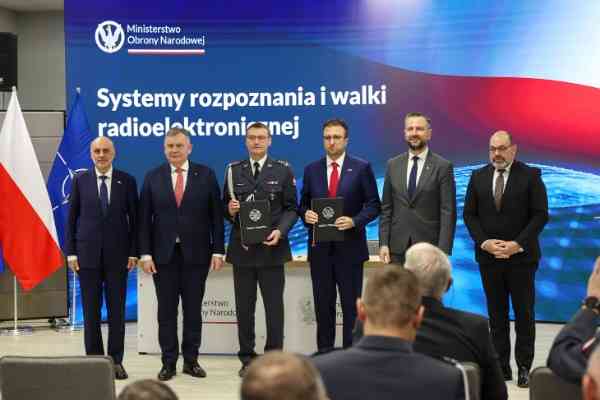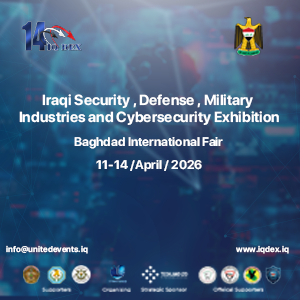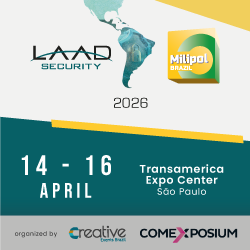In contemporary times, the Russo-Ukrainian war has altered the concepts of modern warfare, especially under the umbrella of air warfare. Psychological effects are a crucial component of modern warfare. The interrelation of air warfare and psychological warfare typically shapes and alters the will to fight. By analyzing the psychological tactics of this conflict, the role of psych aerial combat becomes evident, which alters human adaptability and decision-making.
Psychological Warfare (Psyops) concerning Air Combat
From the early era of wars, psyops have played a crucial role in military strategies. The objective of psyops is to alter the adversary’s threat perception in one’s favor. Air warfare utilizes psyops by conducting precision strikes, shock and awe tactics, and inducing uncertainty of aerial strikes.
The notion of a favorable air situation is incorporated by air superiority. This air superiority involves strategic advantages along with psychological coercion. Utilizing advanced weaponry deliberately induces psychological coercion which challenges the enemy mentally and in a persistent state of consciousness. This ability of air force or air warfare leaves the adversary in constant state of pressure.
Psyops & Air Warfare: Russia-Ukraine War
The intense employment of air warfare in the Russia-Ukraine war not only aims to annihilate enemy, rather it also focuses on demoralizing the enemy as well. These are manifested via;
- Constant threat of aerial strikes keeps the adversary in a constant state of alert.
- Employment of missile and drone attacks, which provoke internal destabilization and economic insecurity.
- Utilizing information warfare to shape the perception regarding air combat.
Russia has been successful in pressuring Ukraine into negotiations by utilizing air warfare as a tool to terrorize the Ukrainian non-combatants and demoralizing Ukrainian forces, which is an extension of psyops. For three long years, Ukraine has been able to maintain its resilience by challenging Russian air dominance via precision strikes and drone warfare.
Psychological Effects on Military Personnel
- Pilot Stress & Cognitive Load
The air force personnel in Russia and Ukraine both face extreme mental pressure. The conventional disparity between Russia and Ukraine often leaves the Ukrainian pilots with questions to themselves IF they will return home or not after an aerial dogfight. The demanding defense of Ukrainian airspace against advanced Russian air force often leads to imparity in decision-making, cognitive overload, and fatigue. In a high paced aerial environment, these factors affect the split-second decisions of pilots.
On the other hand, Russian pilots face different type of stress. Russian pilots are tasked with carrying out long-endurance bombing missions deep inside the Ukrainian territory which poses the threat of Ukrainian air defenses like NPO Almaz S-300. The accumulative pressure of successfully carrying out bombing missions and bypassing the Ukrainian air defenses at the same time brings the Russian pilots to the brink of extreme mental pressure.
Experts have coined the term Remote Warfare Stress for the drone operators. Although, drone operators on both sides remain physically safe but they also undergo mental stress. Drone operators witness the real-time destruction which is caused by their press of button. This leaves them in psychological distress where they criticize themselves for conducting such horrific actions. Due to limited Ukrainian weaponry and personnel, drone operators need to put in long shifts to track and launch precision strikes on Russian targets. This results in fatigue and exhaustion often leading to mental overload.
- Moral & Ethical Dilemmas
State morality is questioned during war under the context of IHL. There are numerous reports which point towards Russia for eliminating Ukrainian counter-value targets such as residential building, hospitals, schools, and energy assemblies. According to some rumors, Russian pilots are forced to conduct these hostilities against their own will, but there is no substantial evidence available on it.
On the Ukrainian counterpart, drone operators have internal conflicts amongst themselves regarding the targeting of Russian counter-force bases when civilians are present there. These internal disputes have emerged only on the basis of IHL which prohibits the targeting of non-combatants.
Psychological Effects on Non-Combatants
- Terrorized Civilian Morale
The new normal in Ukraine is constant drone and missile attacks. This has induced psychological trauma among the civil population. The uncertainty of Russian airstrikes which also target the counter-value assets have led the Ukrainian civilians to be the victims of anxiety, chronic stress, and PTSD.
In 2022-2023, Russia carried out Winter Bombings of Ukrainian powerplants. The objective of these bombings was to demoralize the Ukrainian population by denying basic necessities of life like heating, water, and electricity. On the contrary, Ukraine also conducted drone strikes against Russia. Although, they were not as many as Russia conducted in Ukraine, but it has still left the Russian civilian population in disbelief because Russia was very confident in controlling the public narrative of Ukrainian penetration within its territory.
- Information Warfare
Information warfare evolves around shaping the public perception via various methods like media propaganda, disinformation, misinformation, etc. The effective utilization of Russian state media promotes the narrative of conducting precision strikes against counter-force targets of Ukraine while minimizing civilian casualties. On the other hand, Ukraine effectively utilizes its media to bring the devastation of human security via Russian strikes in spotlight. This tactic supports Ukraine in gathering international diplomatic and economic support while maintaining the national morale of the country.
The notion of free media in 21st century enables social media to showcase the real-time footages of the atrocities conducted by both sides. This fuels the aggression on the both sides while triggering the psychological aspect of patriotism. Moreover, Imagery Intelligence (IMINT) along with Communication Intelligence (COMINT) facilitates the narrative of air superiority and the dynamics of war. This is done to fuel the psychological triggers of a nation to fight against its adversary, may it be combatants or non-combatants.
Psyops in Air Warfare
- Shock & Awe
The Russian state has utilized the strategy of shock and awe against the state of Ukraine in the contemporary conflict. Under the umbrella of shock and awe, Russia launched massive missile barrages against Ukraine. This showcased the overwhelming power of Russia which penetrated the Ukrainian defenses while installing fear among Ukrainians. Russian air warfare tactics involved the psychological aspect to breaking Ukrainian morale to fight. For this particular purpose, Russia utilized the Iranian Shahed Drones along with its indigenous cruise missile to bombard Kharkiv, Kyiv, and Odesa.
But, Ukraine was equipped with western modern air defense systems like Patriot and NASAMS. Though some Russian missiles infiltrated the Ukrainian territory, 94% were intercepted. It resulted in boosting Ukrainian confidence which nullified the Russian psychological aspect.
- Psychological Drone Warfare
Drone warfare is a pertinent component of the on-going conflict of Russia and Ukraine. Ukraine is equipped with long endurance drones which were able to eliminate the Russian military bases along with their oil refineries. Consequently, these Ukrainian strikes destabilized the global network of supply chain as Russia was once the top supplier of oil. Along with disruption of supply chain network, Ukrainian strikes induced the fear or uncertainty among Russian leadership regarding Ukrainian defensive and offensive capabilities.
Conclusion
It is not wrong to quote that the psychological impact of this war is two-way. Russians have understood the Ukrainian capabilities to infiltrate the Russian territory. In contrast, drone warfare has equipped Ukraine with the confidence to tackle Russia despite its superior air power.
The psychological aspects of aerial combat are as important as physical destruction. It is mentally challenging for combatants and non-combatants.
The psychological air warfare tactics being employed by both sides in this conflict are affecting the decision-making and morale from the operational to strategic level. Such a type of influence is the reason behind employing psyops in modern warfare. It changes the dynamics of war. But as the Russo-Ukrainian war continues, proper channels for addressing mental health issues should be constructed and incorporated accordingly.

Table of Contents
ToggleSaad Burney
Saad Burney is a final year student of Strategic Studies at National Defence University, Islamabad with an impeccable record of debating over international politics.


